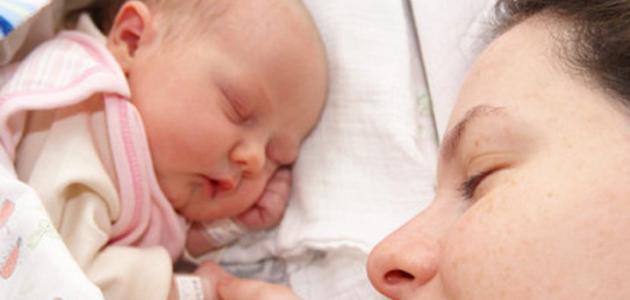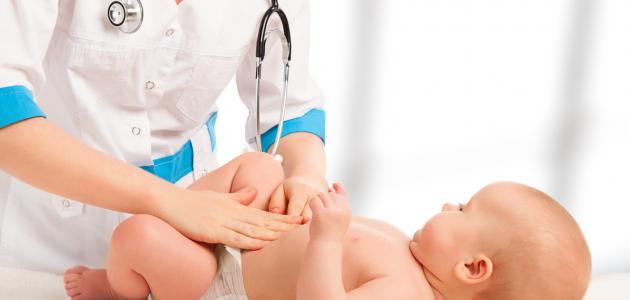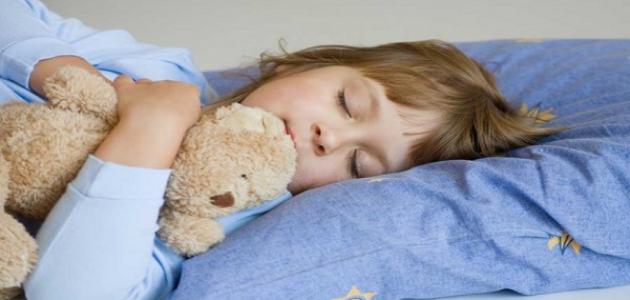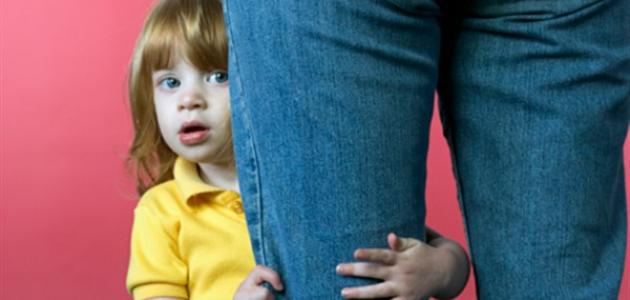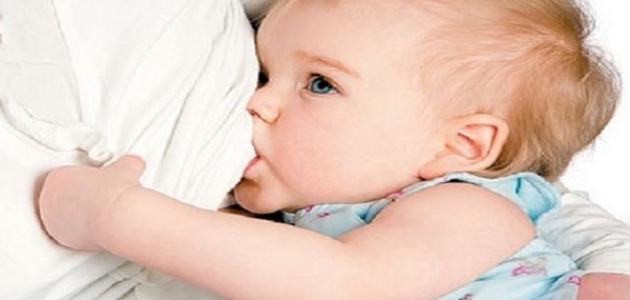Contents
Fever in children
The problem of overheating or high body temperature is very common in children because of its many causes, and this problem causes complications for the child himself, and may pose a threat to his life if it becomes too high, and it is a source of anxiety and inconvenience for parents who are trying hard to rid their child of it . In general, fever in children is defined as having a body temperature of more than 37.5 ° C, and it appears as one of the signs of the body's resistance to infection. [1]
Causes of overheating in children
The child's body temperature rises when exposed to various forms of infection and disease, as it constitutes one of the body's means of resistance to it, and it facilitates the elimination of bacteria and viruses that cause infection, and prevents them from reproducing. Fever appears in children as a result of many infections: such as infection with the influenza virus, exposure to upper respiratory tract infections, tonsillitis , ear infection, kidney and urinary tract infections , or rose rash (inflammation that causes high temperature and the appearance of a rash), or infection With measles, or whooping cough, overheating may come as a side effect of many childhood vaccinations, and it may be due to the child wearing many clothes in a hot climate. [1]
What is the treatment for fever in children
There are several methods and means for treating children’s fever, but most cases do not require a visit to the doctor and take medicines. They are treated at home unless the child suffers from immunodeficiency, is following chemotherapy, or has recently undergone a surgical operation, and medical procedures remain restricted to achieve certain goals. As for home methods, they are to achieve the following goals: [2]
- Work to reduce body temperature, and the following are required:
- Doing a measurement of his temperature, and for this purpose there are different types of thermometers, including mercury, aural, and digital, and doctors are usually advised to measure it by anal for the accuracy of the result shown at it, and it is possible to measure it orally for older children.
- Giving over-the-counter medicines; Such as acetaminophen and ibuprofen to reduce the temperature , and when using them, you should pay attention to the instructions in the leaflet that accompanies each medicine, as well as work to continue providing it to the child for a period of at least 24 hours so that the fever does not return again, and also avoid giving aspirin to treat fever in children, especially if it comes Accompanying smallpox or viral infections, due to the possibility that these symptoms are associated with the child's infection with liver failure.
- Reducing the clothes that the child wears inside the house, even if the weather is cold. Because wearing a lot of clothes works to isolate the heat in his body, thus preventing it from subsiding.
- Bathing the child with warm water for a period not exceeding ten minutes per hour, and it is preferable to use a sponge.
- It should be noted to avoid using alcohol to treat fever in children, which is a common behavior, due to its danger to their health.
- Preventing dehydration: The child loses large quantities of fluids through the skin and lungs if his body temperature rises, and to work on protecting him from dehydration, it is recommended to encourage the child to drink large quantities of fluids. Such as soup, for example, and re-hydration solutions available in commercial stores, and it is required that these liquids do not contain caffeine. Because they increase diuresis and the resulting loss of fluid, thus contributing more to dehydration. It is also useless to drink water alone because it does not contain glucose and minerals necessary for the health of the child. In the event that the child suffers from vomiting or diarrhea, and they contribute to dehydration and prevent the re-hydration of the body, then you should see a doctor.
Medical procedures for treating fever in children
Many doctors only give fever reducers and re-perfusion solutions as a medical procedure to treat fever in children, as antibiotics are rarely given in this case, because the most common cause of high body temperature in children is infection with viral infections in the respiratory system, so antibiotics do not work In this case, it may even make matters worse by weakening the child's immunity and exposing him to side effects from medications. The antibiotics are only given if it is confirmed that the child has an infection caused by bacteria, such as urinary tract infection, sore throat , ear infection, gastrointestinal or sinus infection, or others. [2]
Cases when you should see a doctor
Most cases of high temperature of the child are treated at home by using over-the-counter medicines. However, the child who suffers from fever must be taken to the doctor in several cases, including: [3]
- The child continues to be disturbed and upset despite his low temperature.
- The child did not shed tears when crying, nor did he urinate in the last eight hours, because this indicates that he is dehydrated.
- The symptoms associated with heat return after they disappear.
- Or if he suffers from a high temperature for two consecutive days, especially if he is less than two years old, or if he is less than 3 months old and has a temperature of 38 degrees Celsius.
- The child suffers from a very high temperature of more than 40 degrees Celsius, unless it falls quickly and significantly by using different treatment methods.
- If the child has symptoms and signs of a disease that needs treatment; Such as diarrhea , vomiting, sore throat, or earache.
- If he suffers from a previous critical health problem, for example, if he suffers from a heart disease, sickle cell anemia, or diabetes.
- It must be taken to the hospital immediately in several emergency situations, including; Intense crying without stopping, and the inability to walk if he appears disoriented, if he has difficulty breathing, if he has bluish lips, tongue or nails, if he suffers from a severe headache , if he has a neck spasm, and if he has a rash or bruising .
References
- ^ A b "Fever In Children" , Nhs.uk , Retrieved 13-7-2016. Edited.
- ^ A b "Fever In Children" , Emedicinehealth.com , Retrieved 13-7-2016. Edited.
- ↑ "Fever" , medlineplus.gov , Retrieved 13-7-2016. Edited.




